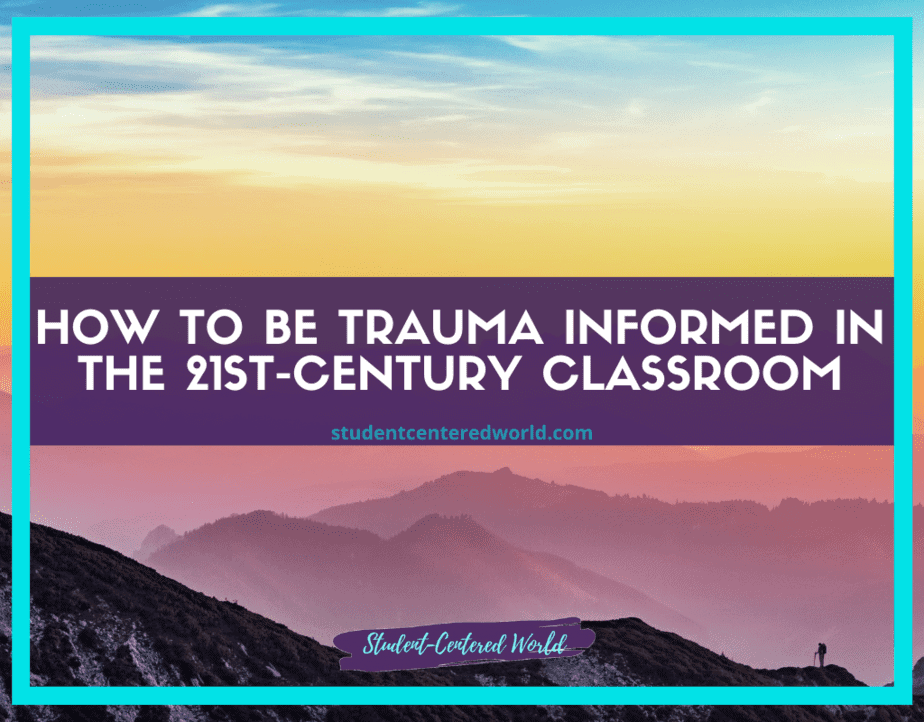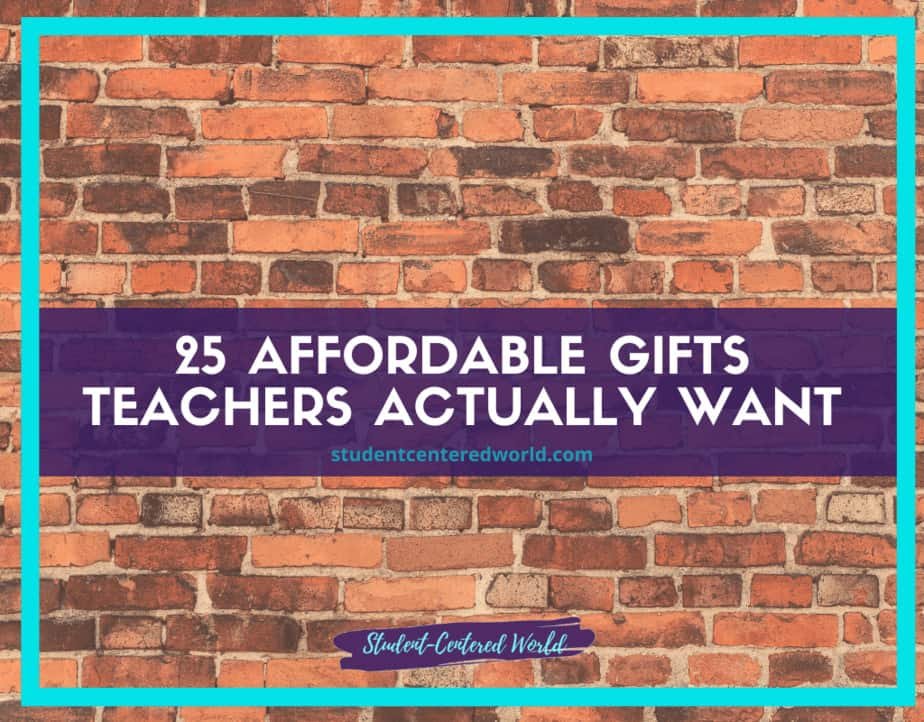Successful Experiential Learning Methods in the 21st-Century Classroom
Knowing what experiential learning methods will work best for your students isn’t as challenging as it seems. The following tips will help you know what to look for in the best way to help your students learn.
Why Use Experiential Learning Methods?
Experiential learning is a teaching philosophy that thrives on engaged teaching and hands-on experience. It’s more than just a bunch of entertaining activities during a lesson, it engages students in the process of learning by having them actively participate.
This methodology of teaching has been around for decades but gained popularity when more teachers began to see its benefits. It is now often used in the classroom and is a great way to engage students and teach them both knowledge and life lessons.
Believe it or not, your brain actually works to learn a little differently when you’re physically doing something as opposed to being still. Your brain has been proven to have more neural connections and electrical impulses when actively learning as opposed to passively sitting. In fact, parts of the cerebral cortex are activated during physical activity which is responsible for learning, thinking, and creating.
When students get out of their seats and participate in fun, hands-on lessons utilizing experiential learning methods, it actually engages them in the learning process making it more likely for them to retain what they’ve learned. If a student is “actively” involved in a lesson by painting a picture, performing an experiment, or creating something, they’re going to learn the information better because they have to think about what’s going on.

How Can You Improve Learning With Experiential Learning Methods?
Experiential learning methods can be used in all subjects to help students learn. For example, you can use these activities while teaching literature, history, math, music, art, science… the list goes on. Basically, any subject that’s taught in school and that is learned by doing at home (like house chores, for instance) can benefit from using experiential learning.
Here are three ways you can utilize this type of teaching to engage students in the lesson and make it more likely for them to retain what they’ve learned:
1. Use Real-Life Scenarios
The best way to learn something is by utilizing real-life examples that relate to your life, social situation, or personal interest. In this instance, it’s important to be as authentic as possible. Allow your students to have a say in how the lesson will be taught so you create an environment where they feel safe and motivated to learn from their mistakes.
If you’re teaching math, for example, use real-life situations like how much money a customer owes a business owner or how many kilometers per hour a car was going after another car broke the speed limit. This way students are able to learn from their mistakes and make connections with what they’re learning because it’s relevant to them.
2. Say Goodbye To One-Sided Teaching
Experiential learning is all about engaging, collaborative experiences where both you and your students are able to learn. So, instead of being the only one engaging with the material, it’s important to share knowledge together. Be sure not to move on until you know the students have grasped what they’re learning so they feel comfortable enough asking questions about the subject matter.
3. Use Exciting Examples
It’s easy to get students engaged with fun, exciting examples that they’re able to relate to. For example, you can use music, art, or famous quotes/ speeches by giving your students their background information. This way they know the context of what they’re learning and are more likely to be engaged in the lesson because they’re applying their own understanding to what’s going on.

How Should You Implement Experiential Learning Methods?
You can use the following tips to improve your teaching methods, work with students who are struggling, or simply revamp your lessons for more effective learning.
1.) Not all students learn the same way – Know their preferred method of learning
It’s important to teach your students how to learn. Some may need a visual while others might want you to explain things in another way. When it comes to experiential learning, understanding the different ways students prefer to learn is essential for improving their performance and attitude towards what they’re learning.
2.) Target multiple sensory learning styles
Not all students learn in the same way so it’s important to create lessons that cater to multiple sensory learning styles. For example, some may be auditory learners while others are visual or kinesthetic learners. If you can engage your students in a variety of ways, their understanding will increase and they’ll become more comfortable with what they’re learning because of the different experiences they’ve had.
3.) Keep students active throughout the lesson
Experiential learning methods are all about being involved in whatever you’re learning so it’s important to keep your students active while working on a project or lesson. For example, you can give them tasks that require movement during class while also asking them questions that get them talking and thinking about what they’re learning. This way students will be able to retain more information because they’re active participants in their own learning experience.
4.) Keep things relevant to your students’ lives
Above all else, experiential lessons should always be relative to the lives of your students. After all, who wants to learn something that they’ll never use in real life? In the case of teaching, it’s important to help your students apply what they’re learning to their everyday lives. For example, you can teach them about how to communicate with customers if they want a career in customer service or provide a lesson on how to be a better writer if they’re interested in journalism. In this way, your students will learn from what you teach them and be able to apply it to their future as a means of getting where they want to go.
5.) Have students reflect on what they’ve learned
With experiential learning methods, self-reflection is important because it allows students to think about how they learned and what they can do differently next time. If students get involved, it will benefit them in the long run because they’ll be able to create a personalized plan on learning that works best for them.

Examples of Experiential Learning Methods
Hands-on activities
This is probably one of the most popular ways to teach because it gets students up and moving while still helping them retain what they are learning. Use this method when teaching new skills to make sure that all students are able to participate and you can make it competitive or cooperative.
Simulations
Use this method when teaching concepts rather than specific skills because simulating them gives students the chance to experiment with different outcomes. If you’re teaching about gravity, have your class design a model of their own using items around the room. For example, if they are simulating gravity, they can make it stronger or weaker depending on where they place their materials. The goal is to let them take control of the content and show you what they think will happen through this hands-on activity.
Role playing
Use this method when teaching students about real-world scenarios that are having trouble in. For example, if your students are having a hard time communicating with their parents, role-playing can help them learn how to do it and what could happen if they don’t. Have the students play out either side of the situation and discuss what happened afterward.
Service-learning
If you’re looking for an experiential method that helps both your students and the community, service learning is for you. By getting students involved in their community or an organization, they are able to take what they learn in the classroom and apply it to real-life situations.
Field trips
What better way is there for students to learn than by going out into the world and experiencing it first hand? Take students outside of the classroom and have them participate in a lesson or activity that will help them learn as great experiential learning methods.
Games
If you’re looking for a fun way to get your students involved, games are what you need! There’s nothing as interactive as a game because they involve movement and require students to think about what they’re doing. Try using games to teach new concepts or skills and see what you learn!
Socratic seminars
If your students thrive on discussion, then Socratic seminars are the best way to get them involved. By having small discussions with your class about a topic that interests them, they’ll be able to take part in active learning because they will be able to share their opinions and perspectives.
Cooperative learning
When it comes to experiential learning methods, cooperative learning is a way for students to work together as a class or in smaller groups. From math games to science fairs, cooperative learning helps students learn from one another while improving their communication and problem-solving skills.
Stop Driving the Teacher Struggle Bus
Are you struggling with student engagement, apathy, or keeping your class on track?
💫💫 There’s hope! 💫💫
Join my free teacher workshop “Choosing Choice” and in just 60 minutes, you’ll craft a practical plan to revitalize your teaching. Discover the magic of student choice in boosting engagement, gain quick implementation ideas, and explore strategies for year-long success.
Unlike overwhelming workshops, my approach guides you in real-time, providing more classroom options, reducing stress, and giving you more personal time.
Plus, you’ll earn a 1-hour professional development certificate and have 7 days of access.
Don’t miss this chance to transform your teaching; click below to secure your spot now!






